History















Management
The representatives of the Government Parties continued to meet annually for half a day during the IAEA General Conferences (RCA GCMs) and in one of the member countries for a longer period, to review the progress of implementation of the RCA projects (RCA WGMs). Each Government Party appointed a person designated as the National RCA Coordinator to coordinate RCA activities.
The Regional Cooperative Agreement of 1972 was extended for another 5 years in 1982. A more comprehensive Agreement was introduced in 1987. The responsibility of coordinating the RCA activities was moved from the Department of Research and Isotopes to the Department of Technical Cooperation of the IAEA in 1986.
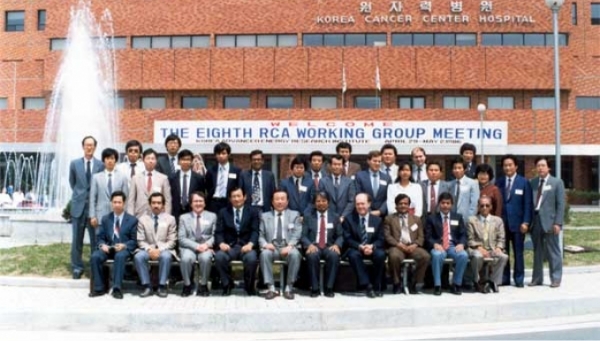
Government Parties
Pakistan (1982), Peoples’ Republic of China (1987), and Mongolia (1992) became parties to the RCA during this period, increasing the number of Government Parties to 15.
Projects
Twenty five RCA projects implemented under the Technical Cooperation Programme of the IAEA were initiated during this period, comprising 2 projects each in Agriculture, Environment and Energy Planning, 6 projects in the Industrial Sector, 7 projects in the Human Health Sector, 3 projects on Research Reactors, and one project each on Nuclear Instrumentation, Radiation Protection, and development of TCDC (Technical Cooperation among Developing Countries). The agricultural projects were on grain legumes and food irradiation. The environmental projects were on isotope hydrology, and marine contaminants and sedimentation. The focus of the projects in the health sector was in areas of brachytherapy, radioimmunoassay, nuclear imaging, and radiation sterilization of tissue grafts. Seven projects were completed during this period.
The RCA project on industrial applications of nuclear technology implemented during this period with the financial support of the UNDP deserves a special mention. The overall objective of the project was “to increase the use of nuclear technology in regional industries and, through this, further regional economic development and industrial competitiveness.” The total budget of the project was 12.5 million US$. The contributions of the participating Government Parties, the UNDP, and participating industries were 6.42 million US$ (52%), 4.38 million US$ (35%), and 1.65 million US$ (13%) respectively. The project was implemented in two phases, with Phase 1 (RAS/79/061) from 1982 to 1986 and Phase 2 (RAS/86/073) from 1987 to 1991.
RCA Government Parties Australia, Bangladesh, India, Indonesia, Japan, Republic of Korea, Malaysia, Pakistan, the Philippines, Singapore, Sri Lanka, and Thailand participated in the project.
The project comprised five main components, namely, Industrial Tracer Applications, Non-Destructive Testing, Nucleonic Control Systems, Radiation Processing, and Maintenance of Nuclear Instruments. RCA Government Parties well advanced in these technologies played leadership roles in implementing the project. The Bhabha Atomic Research Centre (BARC) of India contributed to the component on industrial tracer applications by conducting training programmes and demonstrations. Under the component on Non-Destructive Testing (NDT), advanced training courses on radiography and ultrasonic inspection were carried out at the Singapore Institute for Standards and Industrial Research (SISIR) and at the Japanese Society for Non-destructive Inspection (JSNDI) in Tokyo.
The world's first workshop on manufacturing technology for NDT specimens was held at the JSNDI. At the same time, education and training under the IAEA guidance related to the certification of NDT personnel and other activities were held in Vietnam, Malaysia and Thailand.
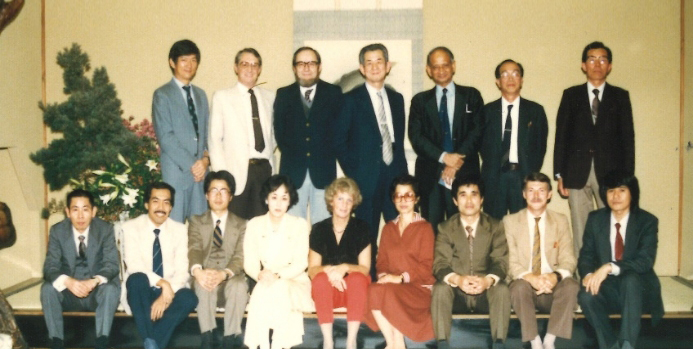
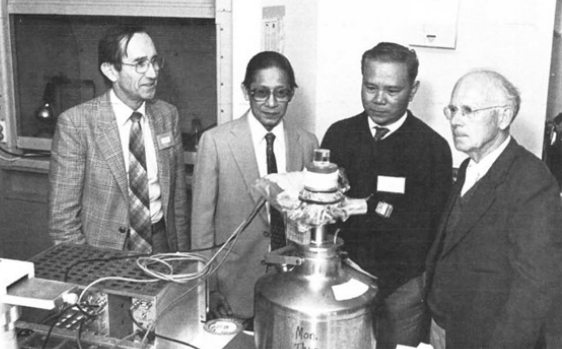
A semi-commercial irradiation plant was constructed at the Centre for Application of Isotope and Radiation (PAIR) in Jakarta as a regional centre for radiation processing. This 300 kCi cobalt-60 irradiation facility was inaugurated in September 1983. The Rubber Research Institute of Malaysia and the Takasaki Radiation Chemistry Research Establishment of the Japan Atomic Energy Research Institute (JAERI), Japan, also contributed to this project, mainly in research on radiation vulcanization of natural rubber latex (RVNRL).
A demonstration nucleonic control system for use in paper production was installed at the Siam Kraft Paper Company, Thailand, and training courses were held in Thailand and Japan. A thickness gauge for use in steel production was installed at the Bokhara Steel Plant, India, and was used in training and demonstration courses held in India and Japan. Australia provided leadership and expertise for the transfer of nucleonic control technology and methods to the minerals industry. Under the component on nuclear instrumentation, workshops and on-the-job training courses were held in Japan, in co-operation with the Japan Atomic Industrial Forum and the Japanese industry.
It was estimated that a total of US$190 million was invested by the public sector (40 million US$) and the private sector (150 million US$) over 5 years as a result of this project. The investment in radiation technology alone was 117million US$.
Chairpersons
Prof. M. Ghazali (Malaysia), Dr. Anwar Hossain (Bangladesh), Dr. P.K. Bhatnagar (India), Prof. Byong-Whi Lee (Republic of Korea), Dr. K.G. Dharmawardena (Sri Lanka), Dr. Wang Chuanying (Peoples’ Republic of China), Dr. David Cook (Australia), Dr. Suchat Mongkolphantha (Thailand) and Dr. Nguyen Tien Nguyen (Vietnam) served as RCA Chairpersons during this period.
IAEA Personnel

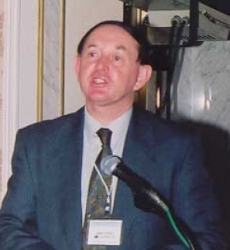

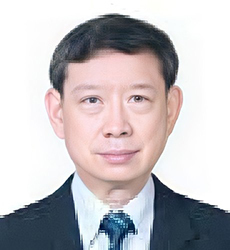
Dr. Masatoshi Kobayashi (1980-1983) and Dr. Sueo Machi (1983-1986) functioned as RCA Coordinators during this period while the RCA Secretariat was in the Department of Research and Isotopes. Dr. Machi was later appointed as the Deputy Director General and Head of the Department of Research and Isotopes of the IAEA. He was also the first Coordinator of the Forum for Nuclear Cooperation in Asia (FNCA), established in 2000, and played a key role in establishing collaboration between FNCA and RCA. Prof. M. Zifferero was the Deputy Director General and the Head of the Department of Research and Isotopes.
After the Secretariat of the RCA Programme was transferred to the Department of Technical Cooperation in 1986, Dr. Peter Airey (1986-1990) and Dr. John Easey (1990 -1995) served as RCA Coordinators. Dr. John Easey made an unparalleled contribution to the advancement of the RCA as the RCA Coordinator and as a very active member of the RCA family afterward. He served in several RCA Working Groups and was responsible for developing the RCA Profile in 2010. He was a member of the expert panel that prepared the RCA Strategic Priorities for 2012-2017 and was the Chair of the RCA Programme Advisory Committee (PAC). All the contributions of Dr. Easey to the RCA are too numerous to mention.
Dr. Noramly Bin Muslim was the Deputy Director General and Head of the Department of Technical Cooperation during 1986-1992. Dr. Eugene Fowler served as the Project Director and the Chief Technical Adviser of the UNDP Regional Industrial Project. Dr. A. Tajuddin of Malaysia served as the Coordinator of the project until 1988 and Dr. Manoon Aramrattana of Thailand was the Coordinator during 1988-1991. Prof. Pham Duy Hien of Vietnam served as the Chief (regional) Technical Officer of the project and was stationed in Indonesia. Dr. Wandowo of Indonesia served as a long-term expert on Tracer Technology.


